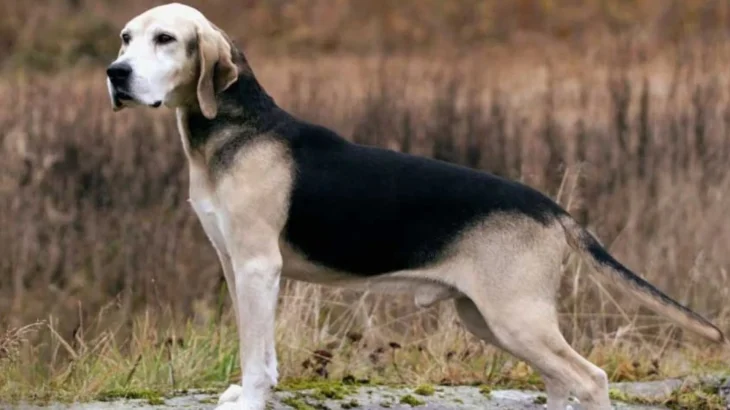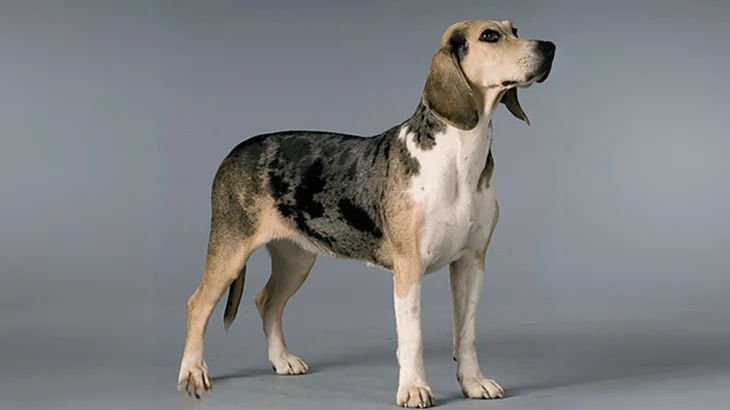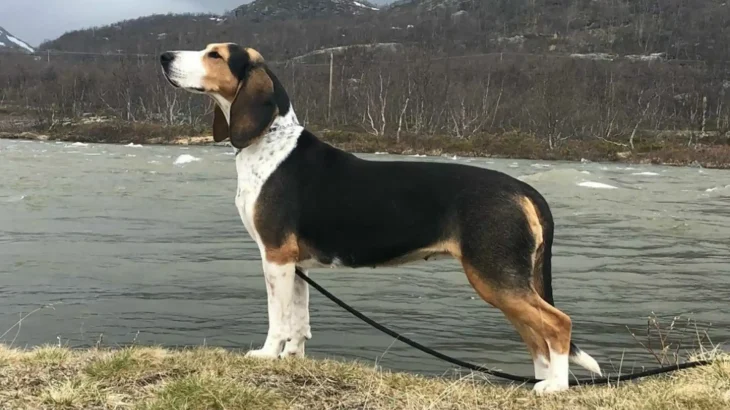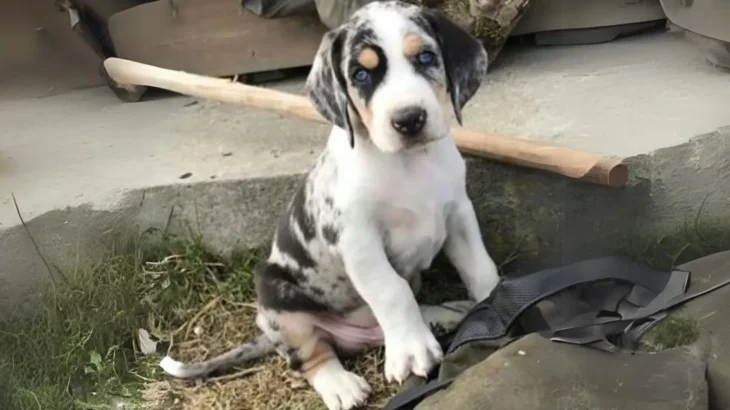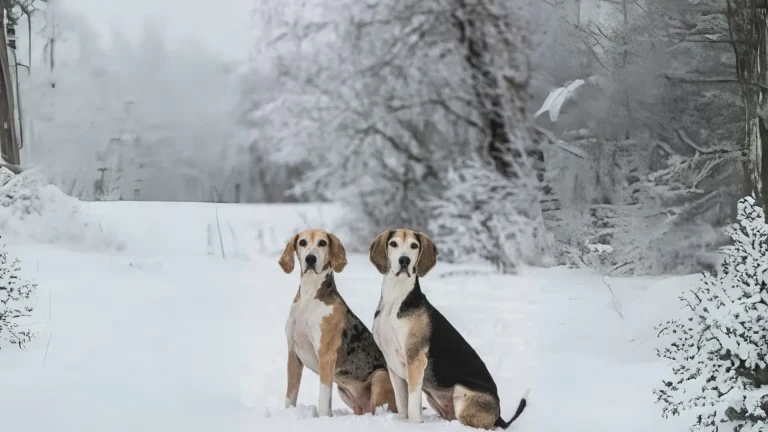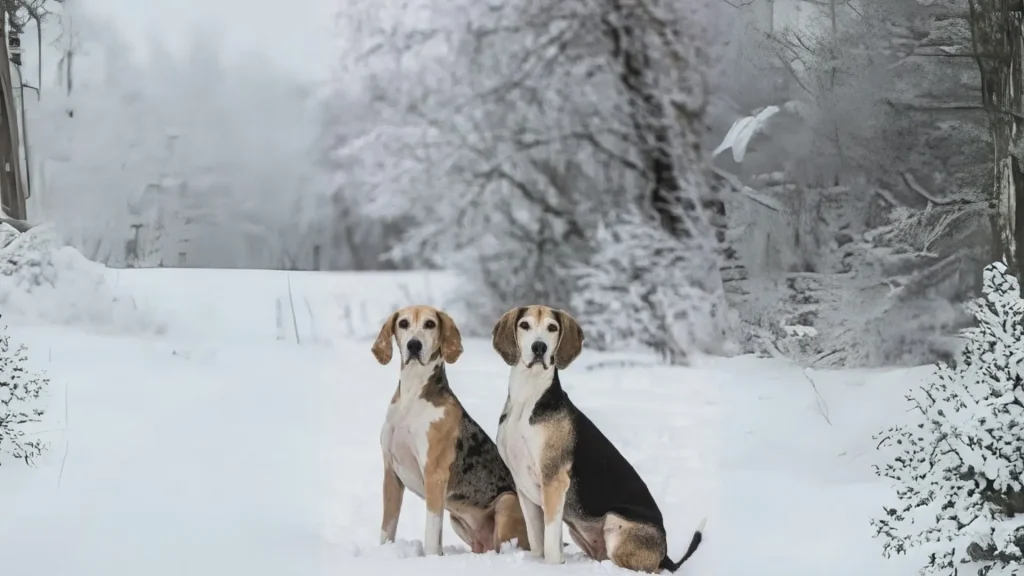Deciding between adopting or buying a Dunker puppy involves weighing the value of supporting animal welfare through adoption against the predictability offered by purchasing from a breeder. Adoption gives a chance to provide a home to a dog in need, while buying from a breeder generally provides more detailed information on the puppy's lineage and health.
Adoption vs. Breeder: Pros & Cons
| Criteria | Buying from Breeder | Adopting from Shelter/Rescue |
|---|---|---|
| Cost | Typically higher initial cost reflecting pedigree and breeder expenses. | Lower adoption fees, often including vaccinations and sometimes spaying/neutering. |
| Health History | Detailed health records and genetic screening usually available. | Health history may be limited or unknown; shelters conduct basic health checks. |
| Age Availability | Primarily young puppies for early bonding and training. | Varies widely; dogs of all ages including adults and seniors. |
| Temperament Insight | Breeders provide insights based on lineage and early observations. | Shelter staff share behavioral observations; full history may be incomplete. |
| Supporting Practices | Supports breeding programs; choose ethical breeders carefully. | Supports animal welfare by rescuing and rehoming dogs in need. |
| Ethical Considerations | Requires careful selection to avoid irresponsible breeding. | Encourages adoption over breeding, helping reduce shelter populations. |


